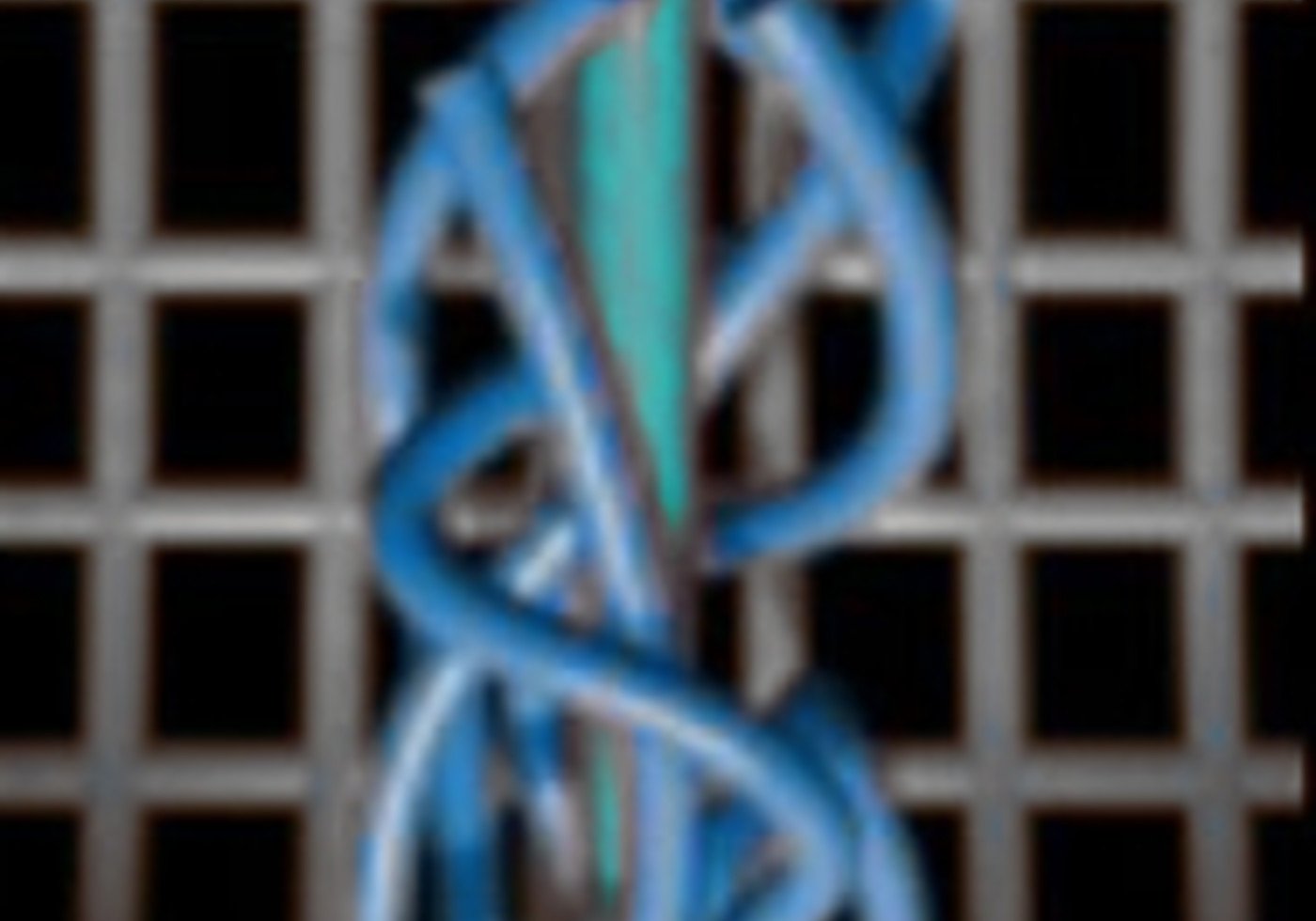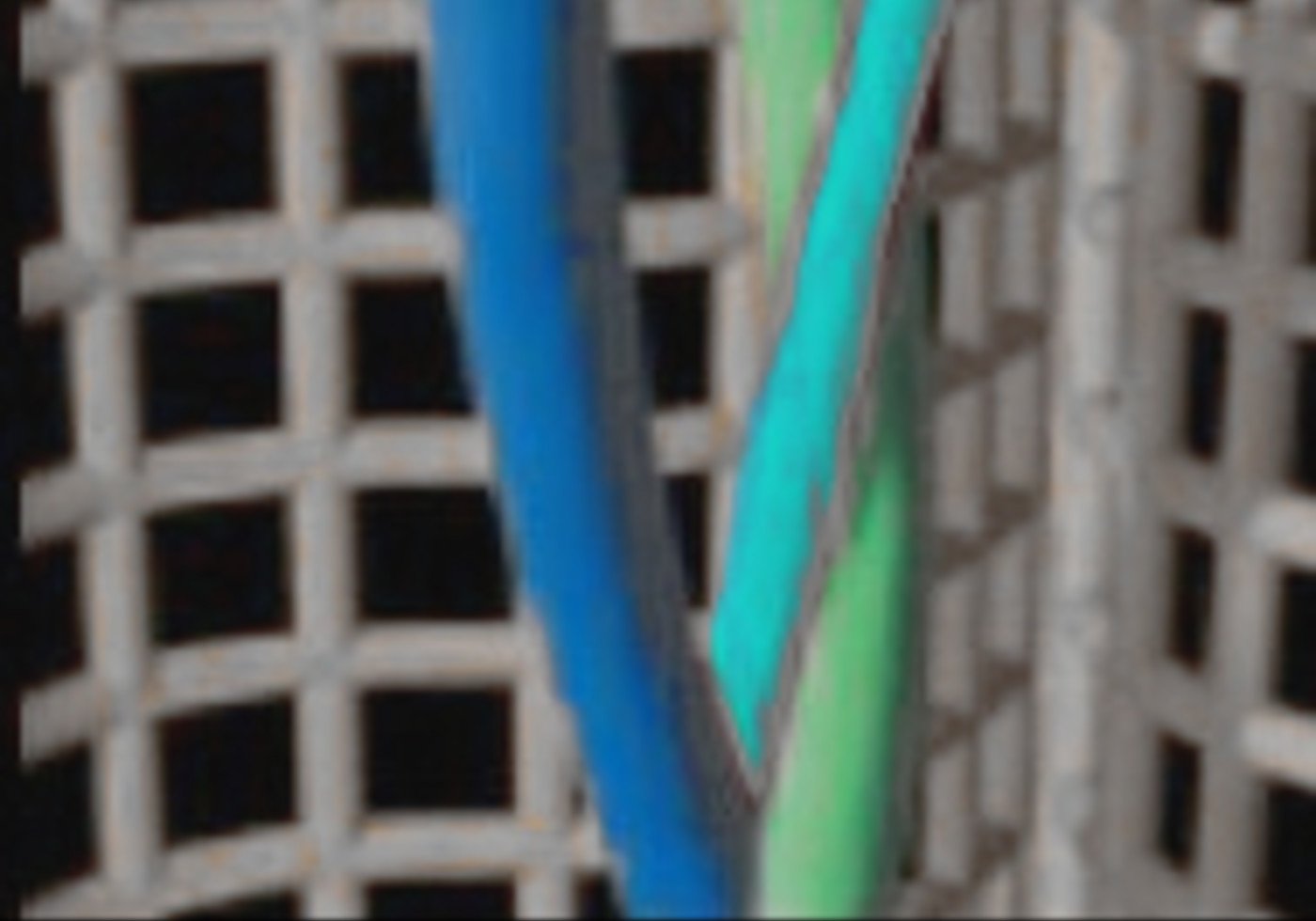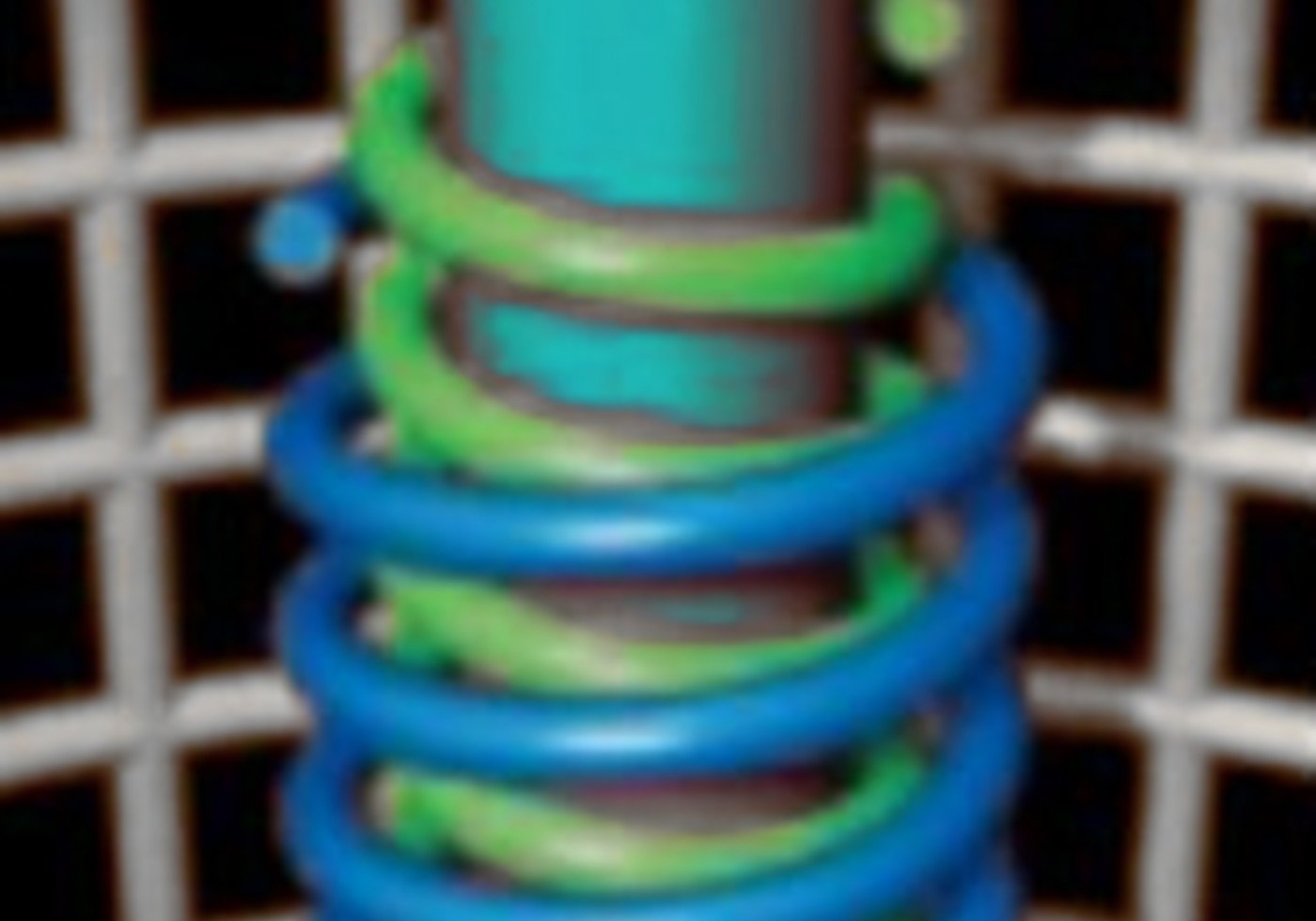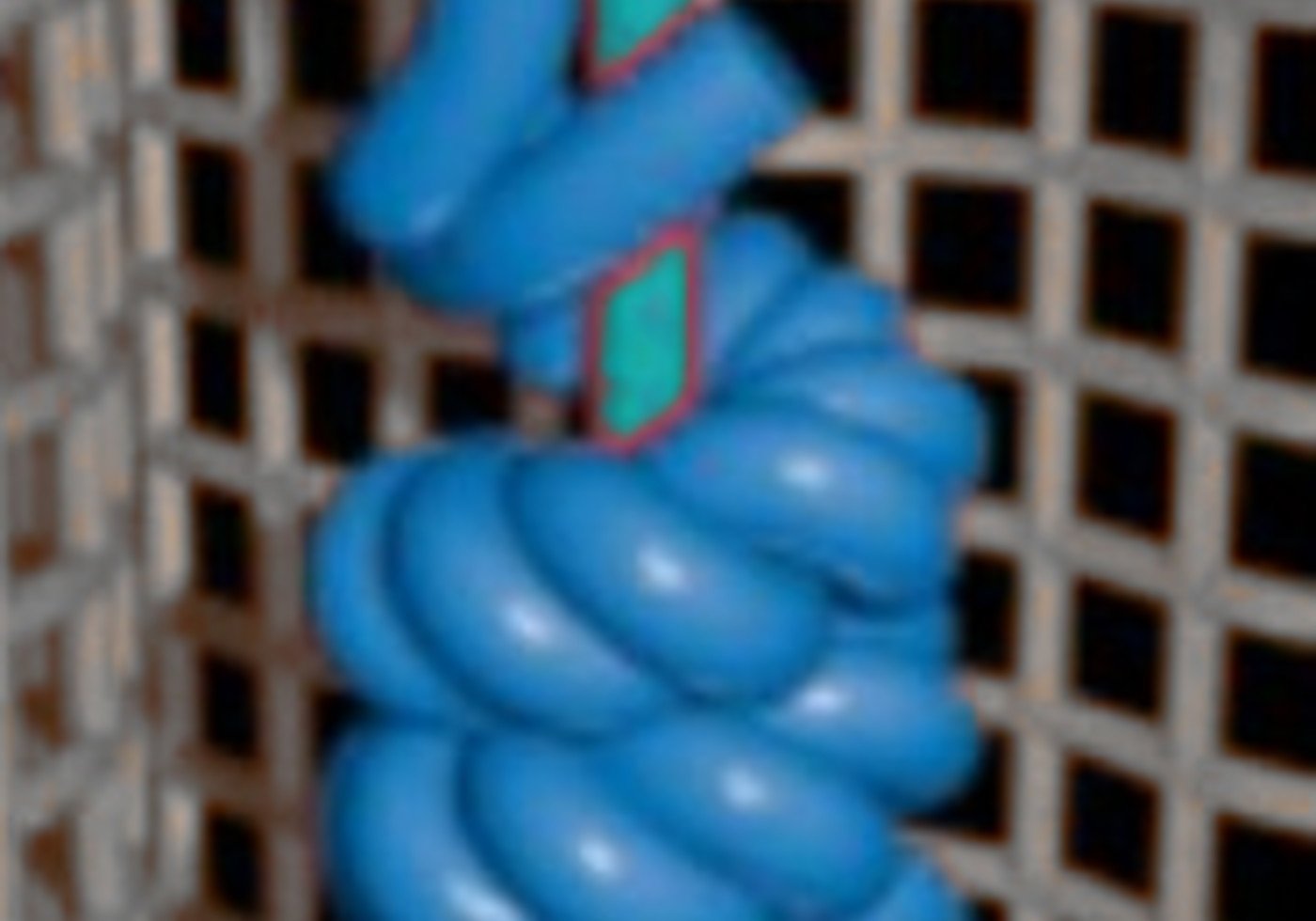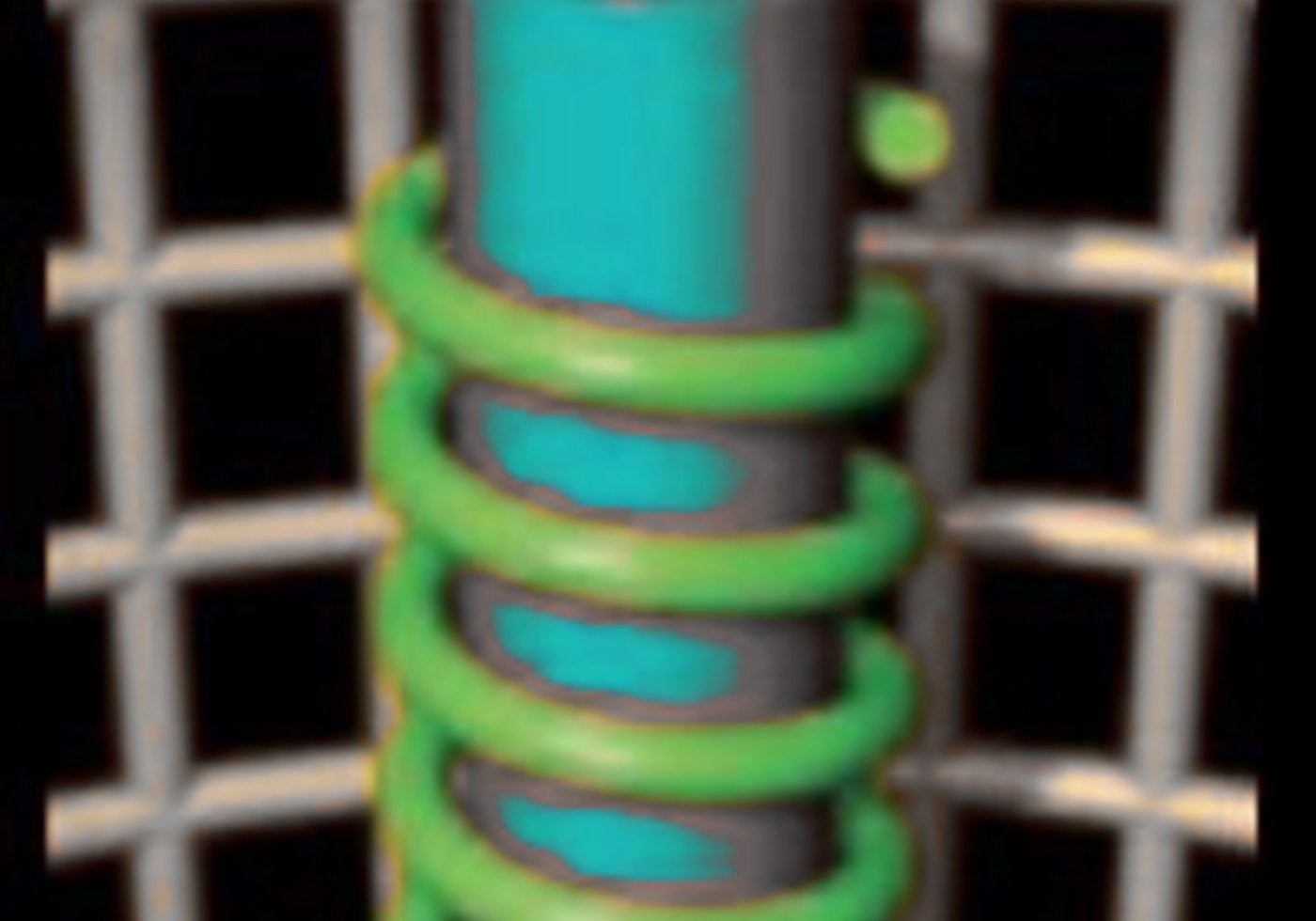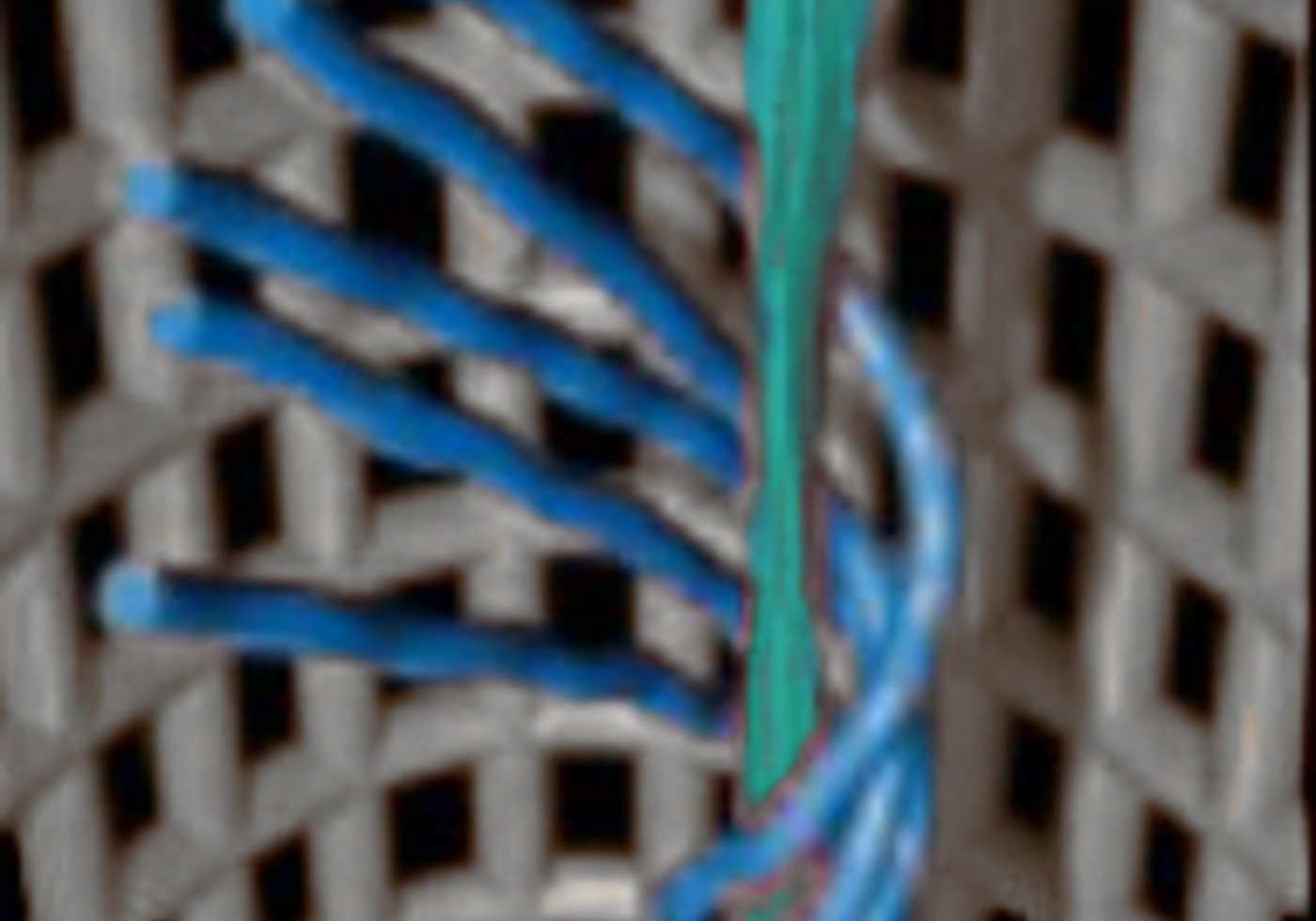Twists are important when it comes to tenacity values. Because twists highly influence tenacity in a positive way, meaning a high twist makes a strong yarn - which is true up to a certain point, as a twist too high on the other hand can make a yarn break.
A TWIST HAS THREE KEY ELEMENTS
and can come in the form of various twist systems
TWIST ORIENTATION
S-TWIST

When a twisted yarn is held vertically, the individual filaments are appearing in this case as the diagonal in the letter "S". The same can apply if several yarns have been twisted together: their combined twist can again appear as the diagonal of the letter "S".

Z-TWIST

When a twisted yarn is hed vertically, the individual filaments are appearing in this case as the diagonal in the letter "Z". The same can apply if several yarns have been twisted together: their combined twist can again appear as the diagonal of the letter "Z".
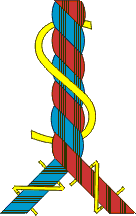
MULTIPLE TWISTED YARN
A multiple twisted / plied yarn is made from two single yarns, which are twisted in Z direction. The twisted yarn itself will be twisted in the S direction. The rotation of this twisted yarn is more or less a single yarn twist and the result is that the fibers will once again lie parallel to the twist axis.The possibility of variation lies in the amount of the spun fibers as well as in the amount of the twist rotation. The optimum characterstics of the product can be brought out in this way. Stronger twists for weaving mills and softer ones for knitting mills are the general rule.
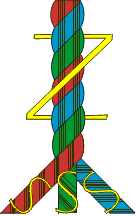
SEWING THREAD
The sewing thread is normally made of three S-twisted single yarns, which are twisted / plied together in the Z direction.A tear-resistant thread with a round transverse section will thus be created.
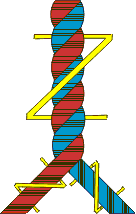
THE VOILE
The voile is producer from a spun fiber which is twisted / plied in Z direction. The special thing is that the twisted yarn is also twisted in the same direction as the spun fiber (Z direction).A hard twisted hard has as a result a tendency to curl. The fabric made from it will be transparent and robust in grip. Curtains were often produced out of it years ago. To get a higher transparency and to produce luminous colours, the finished twisted yarn has to be gassed. This means that the fibers which stick out are burnt off.
Very highly twisted yarns are called crêpe twists.
OTHER TWISTS
Fancy twists or nub yarns are twisted yarns which are made from different kinds of components as nub, loop and other effects. They are produced on special machines.Special constructions are multiple and multi stage twisted yarns, which are in praxis of little consequence due to the price factor.
NUMBER OF TURNS
Stated in turns per meter (tpm or T/m). There are two different kind of this indication:
Nominal number of turns: The number of turns per meter (T/m) stated as a nominal value.
Effective number of turns: This is the nominal turns per meter (tpm or T/m) with variations consistent with production processing.
TWIST COEFFICIENT
The coefficient of twist is a measure of the level of twist of a yarn, determined by the multiplication of the turns per unit length by the square root of the linear density on a direct system, or the division of the turns per unit length by the square root to the count on an indirect system.
DOUBLING
A yarn in which two or more single yarns are twisted together in one operation. The initial twist and resulting doubling twisted quoted.
WINDING DIRECTION
The winding direction of yarns and twists on spools is marked with the small letters "p" and "q". The take up of a yarn of twist about the head of the spool takes effect according to the direction of turns of the thread and the winding direction. For the purposes of this standard: The direction and twist per linear unit of flat yarns and twisted yarns.
 = p
= p
 = q
= q
p-WINDING
 = p
= pViewed from the front end of the spool, the end of thread falls to the left.
p-winding and S-twist has the tendency to open the yarn.
p-winding and Z-twist has the tendency to close the yarn.
p-winding and S-twist has the tendency to open the yarn.
p-winding and Z-twist has the tendency to close the yarn.
q-WINDING
 = q
= qViewed from the front end of the spool, the end of thread falls to the right.
q-winding and S-twist has the tendency to close the yarn.
q-winding and Z-twist has the tendency to open the yarn.
q-winding and Z-twist has the tendency to open the yarn.
TWIST SYSTEM
Below an oversight what different twist systems are possible.
(Please click on the picture to see the twist system in full size)
(Please click on the picture to see the twist system in full size)

